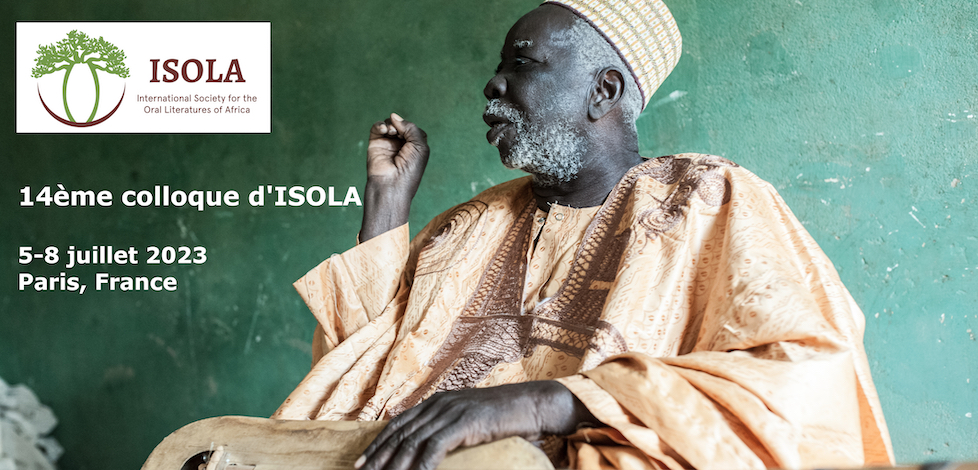Humans have always expressed their connection to the natural life in diverse creative ways, orally and orthographically. The content of rituals and oral traditions in Africa often highlight a dialogic connection between humans, animals and the natural environment, a subject that is now attracting theoretical framing. This paper undertakes an ecocritical analysis of Okot P' Bitek's allegorical narrative from the Acholi Community, ‘Chameleon and Elephant', to reinforce the fact that the natural environment sustains life and its conservation demands brains and humility rather than force and arrogance to be realized. It adopts Cheryll Glotfelty and Harold Fromm's (1996) definition of ecocriticism as ‘the study of the relationship between literature and the physical environment' (The Ecocriticism Reader: Landmarks in Literary Ecology). It advances Peter Barry's (2002 Edition) emphasis that this theory re-reads major literary works ‘with particular attention to the representation of the natural world' (Beginning Theory: An Introduction to Literary and Cultural Theory). The paper aims at showing how interconnected and symbiotic human and animal worlds and their environment are, and how destroying a segment leads to the destruction of all three. It places oral literature at the center of exploring the needed mind shifts in environmental conservation and agrees with Sone (2018) that ‘oral literature is at the center of mind transformation because, like the function of literature itself, it promotes ethically driven actions, by stating what ought to be and not just what is'.

|
Brain Versus Brawn in Environmental Conservation: An Ecocritical Reading of Okot p' Bitek's “Chameleon and Elephant”
1 : Moi University
|
 PDF version
PDF version
